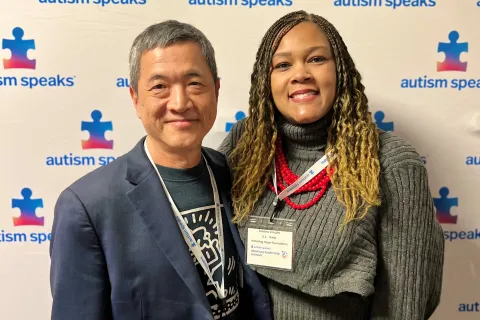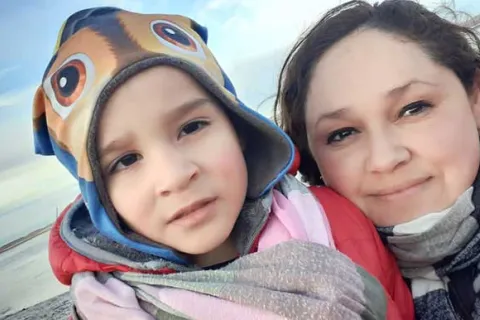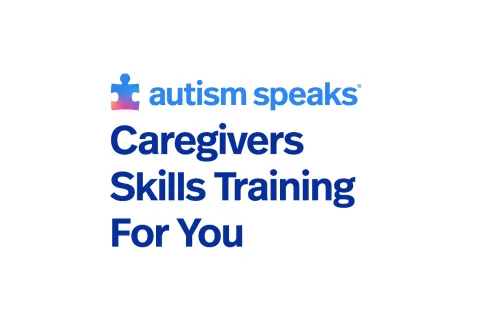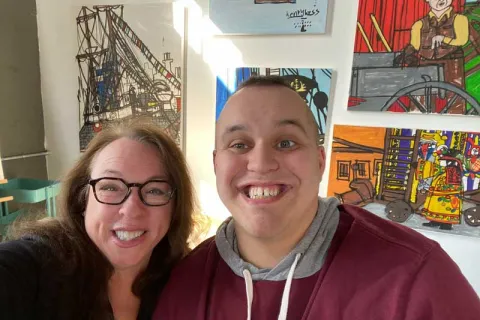What can I do while I wait for an evaluation?
First Concern to Action Tool Kit
Oftentimes, there is a wait for a formal evaluation or services. Fortunately, there are a number of actions you can take while you wait.
Below is a list of suggested activities:
- Be persistent. You may try calling the office or clinic again to see if an appointment opens up sooner. If there is a research study in your area that offers diagnosis and evaluation services, consider participating.
- Learn more about developmental delays and services and treatments available to help your child. This will help you develop a list of questions for the specialist and prepare you to take action if your child is diagnosed with autism or another developmental disability.
- Know what to expect. Your child may have to complete one or more cognitive or “thinking skills” tests, and you will be asked questions about your child’s behavior and development. In addition, you’ll probably fill out one or more “checklists.” In all, the evaluation will take at least several hours and more than one appointment to complete.
- Gather information. It is recommended to put together a folder with your child’s medical records and any previous developmental or behavioral evaluations your child has received. Bring your notes on your own observation of your child’s behavior in different places and with different people.
- Arrange to bring someone with you. Many parents find the process emotional. Rather than go it alone, consider who you can ask to come with you to help you take notes on what was said and help you make sure your questions get answered.
- Prepare to get your child’s intervention started. Even if your child is not diagnosed with autism, the evaluation may reveal developmental delays that would benefit from intervention. The professionals conducting your child’s evaluation can provide you with phone numbers and guidance. You can also find contact information for local services in the Autism Speaks Resource Guide.
- Playtime is important, as all children learn through play. Playtime is particularly important because it encourages something called joint attention. During play time:
- Use objects or interests that will motivate your child.This may be Thomas the Tank Engine, a specific activity, or a topic of interest. Children are more likely to respond if the activity includes something they are interested in.
- Face to face is best. Get down on your child’s level. This encourages communication because it’s easier for him or her to connect with you.
- Follow your child’s lead. Play with what your child is interested in. Notice your child’s cues. Look to see where your child is looking and try playing with that toy. Use your child’s preferences to help motivate him or her to play and interact.
- Imitate your child.Try making sounds after your child does, and playing how your child plays. Most children will also start to imitate you after you spend some time imitating them, which is great for learning!
- Take turns with your child.This back and forth will help your child learn to interact socially. This will also serve as a foundation that will help your child start to watch and learn from you.
- Use simple language. If your child isn’t speaking yet, try speaking to your child using single words to help him or her understand. If your child uses some words, try speaking in short phrases. This will help him or her understand you.
- Continuously check to ensure that the routine is motivating to your child.The more he or she is engaged and motivated, the more rewarding this time will be for both of you.
Don’t be discouraged if these strategies don’t work right away! Many children require very specialized treatment in order to maximize their learning. Once you are able to connect with a professional, he or she can provide you with advice specific to your child.
Learn more about evaluations in Autism Speaks First Concern to Action Tool Kit.








